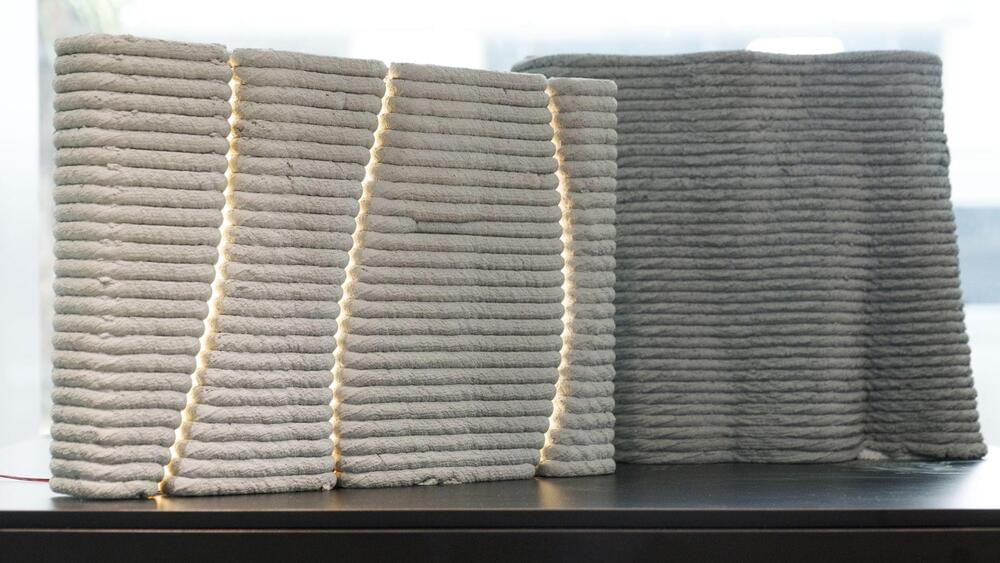Recent advances in robotics and artificial intelligence (AI) are enabling the development of a wide range of systems with unique characteristics designed for varying real-world applications. These include robots that can engage in activities traditionally only completed by humans, such as sketching, painting and even hand-writing documents.
These robots could have interesting applications in both professional and creative contexts, as they could help to automate the creation of artistic renderings, legal papers, letters and other documents in real time. Most handwriting robotic systems to date have considerable limitations, such as high production costs (around $150) and a large size.
Two researchers affiliated with the global student non-profit organization App-In Club recently developed a new cost-effective robotic handwriting system that could be more affordable for individual consumers, schools, universities and small businesses. This system, introduced in a paper on the arXiv preprint server, integrates a Raspberry Pi Pico microcontroller and other components that can be produced via 3D printing.









